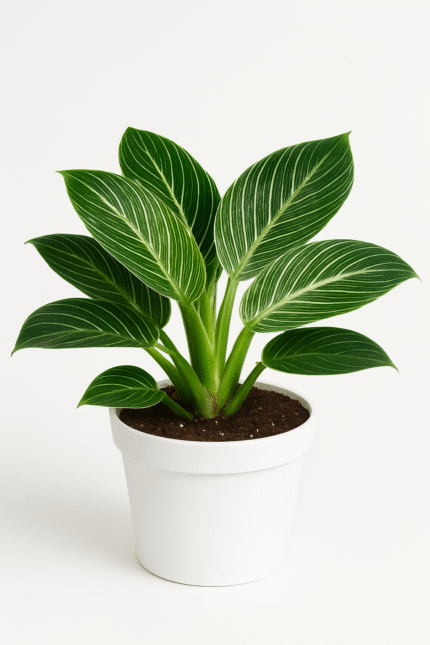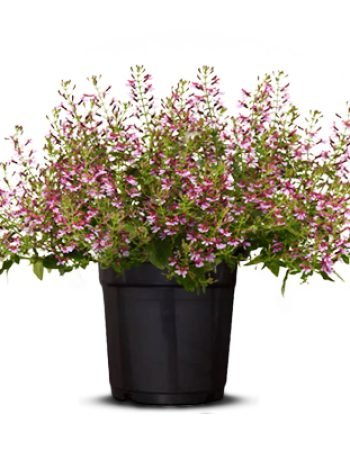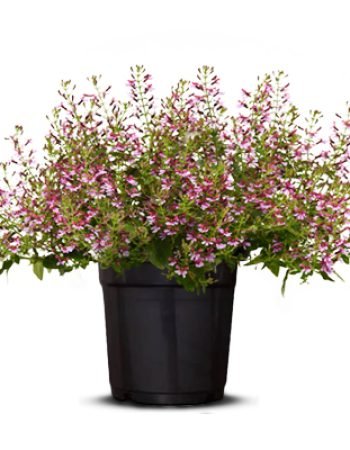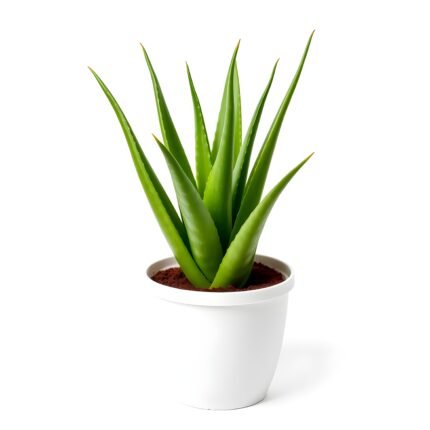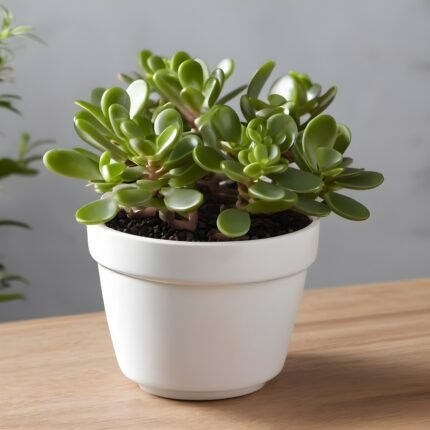Product Description:
Yellow bells (Tecoma stans) are a fast-growing evergreen shrub with slender, gray-brown branches and clusters of bright yellow, trumpet-shaped flowers. Green, toothed, lace-shaped leaves offer a beautiful backdrop for the shrub’s vibrant blooms, which attract hummingbirds, butterflies, and bees. Also known as esperanza or yellow elder, these plants produce long, green seedpods after flowering that act as a food source for small animals. While beautiful and fast-growing, these plants can become invasive. These plants may have a showy appearance, but they’re not high-maintenance. In fact, yellow bell shrubs are tolerant of drought, heat, and cold. These shrubs are great choices for perennial or rock garden and can even be grown in pots or as annuals outside of their growing zones.
Light:
Yellow bells thrive in full sun but can be grown in partially shaded areas. However, yellow bells grown in partial shade will not grow as tall or as lush as those that receive 6 hours of sunlight or more each day.
Yellow bells are tolerant of many soil conditions, but they do best in rich, slightly moist, well-draining soil. Adding a healthy amount of compost to the soil is an efficient way to ensure adequate draining while providing important nutrients.
Yellow bells prefer dry to slightly moist soil conditions. As a desert plant, yellow bells are drought tolerant and can handle dry spells. Be sure not to overwater, as this can lead to rot problems. Natural rainfall is often enough to keep this plant thriving.
Temperature and Humidity:
Yellow bells are naturally found in warm climates, such as the Sonoran Desert. They are both heat and cold tolerant but will go dormant in temperatures below freezing. This robust shrub can withstand both droughts and humid climates.
Fertilizer:
In most cases, these plants don’t require additional fertilizer. However, if you notice the plant is slow to grow or bloom, add a well-balanced fertilizer once during the growing season.
Pruning:
Annual pruning can help a yellow bells shrub maintain its shape and encourage new healthy growth. Prune in the late winter after the threat of frost. Remove old growth inner branches and cut the old woody growth back. If there is no green wood growth, cut the shrub to the ground. In most cases, it will re-grow quickly in the spring.
Potting and Repotting:
Yellow bells have a relatively compact size that allows them to grow well in containers. Choose a well-draining pot at least 12 inches wide or larger, depending on the shrub size. Clay pots are a great choice, as these mimic well-draining soil and wick away excess water.
Propagating:
Yellow bells are easily propagated taken in the spring or summer. To do this, you will need a sharp knife or pair of garden snips, a small pot with drainage holes, a plastic bag, a rubber band, and rich, well-draining soil. Once you have the materials, follow the steps below:
- In the spring or summer, use a sharp knife or pair of garden snips to remove a tip cutting that is several inches long.
- Bury the cut end into rich, well-draining soil. Moisten the soil.
- Cover the cutting with a plastic bag to keep in moisture. Secure the bag around the pot with a rubber band.
- Place the cutting in a warm area with bright, indirect lighting.
- Keep the soil moist, but not soggy.
- Once there are several inches of new growth, remove the bag and repot into a larger pot, if needed.
- Begin hardening off the plant and move it outdoors.



